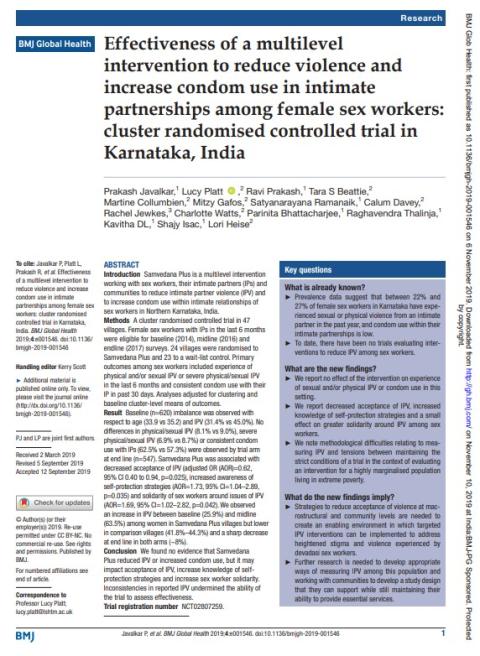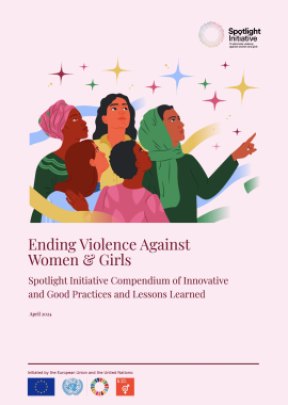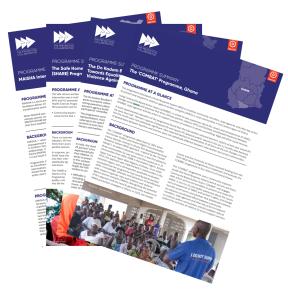- Journal article
- 12 September 2019
Effectiveness of a multilevel intervention to reduce violence and increase condom use in intimate partnerships among female sex workers: cluster randomised controlled trial in Karnataka, India
- Author: Prakash Javalkar, Lucy Platt, Ravi Prakash, Tara S Beattie, Martine Collumbien, Mitzy Gafos, Satyanarayana Ramanaik, Calum Davey, Rachel Jewkes, Charlotte Watts, Parinita Bhattacharjee, Raghavendra Thalinja, Kavitha DL, Shajy Isa, Lori Heise
- Published by: BMJ Global Health

ABSTRACT
Introduction
Samvedana Plus is a multilevel intervention working with sex workers, their intimate partners (IPs) and communities to reduce intimate partner violence (IPV) and
to increase condom use within intimate relationships of sex workers in Northern Karnataka, India.
Methods
A cluster randomised controlled trial in 47 villages. Female sex workers with IPs in the last 6 months were eligible for baseline (2014), midline (2016) and endline (2017) surveys. 24 villages were randomised to Samvedana Plus and 23 to a wait-list control. Primary outcomes among sex workers included experience of physical and/or sexual IPV or severe physical/sexual IPV in the last 6 months and consistent condom use with their IP in past 30 days. Analyses adjusted for clustering and baseline cluster-level means of outcomes.
Result
Baseline (n=620) imbalance was observed with respect to age (33.9 vs 35.2) and IPV (31.4% vs 45.0%). No differences in physical/sexual IPV (8.1% vs 9.0%), severe physical/sexual IPV (6.9% vs 8.7%) or consistent condom use with IPs (62.5% vs 57.3%) were observed by trial arm at end line (n=547). Samvedana Plus was associated with decreased acceptance of IPV (adjusted OR (AOR)=0.62, 95% CI 0.40 to 0.94, p=0.025), increased awareness of self-protection strategies (AOR=1.73, 95% CI=1.04–2.89, p=0.035) and solidarity of sex workers around issues of IPV (AOR=1.69, 95% CI=1.02–2.82, p=0.042). We observed an increase in IPV between baseline (25.9%) and midline (63.5%) among women in Samvedana Plus villages but lower in comparison villages (41.8%–44.3%) and a sharp decrease at end line in both arms (~8%).
Conclusion
We found no evidence that Samvedana Plus reduced IPV or increased condom use, but it may impact acceptance of IPV, increase knowledge of selfprotection strategies and increase sex worker solidarity. Inconsistencies in reported IPV undermined the ability of the trial to assess effectiveness
- Countries / Regions:
- India
Related resources
Case study
1 April 2024

Case study
9 June 2021

Report
10 May 2021
